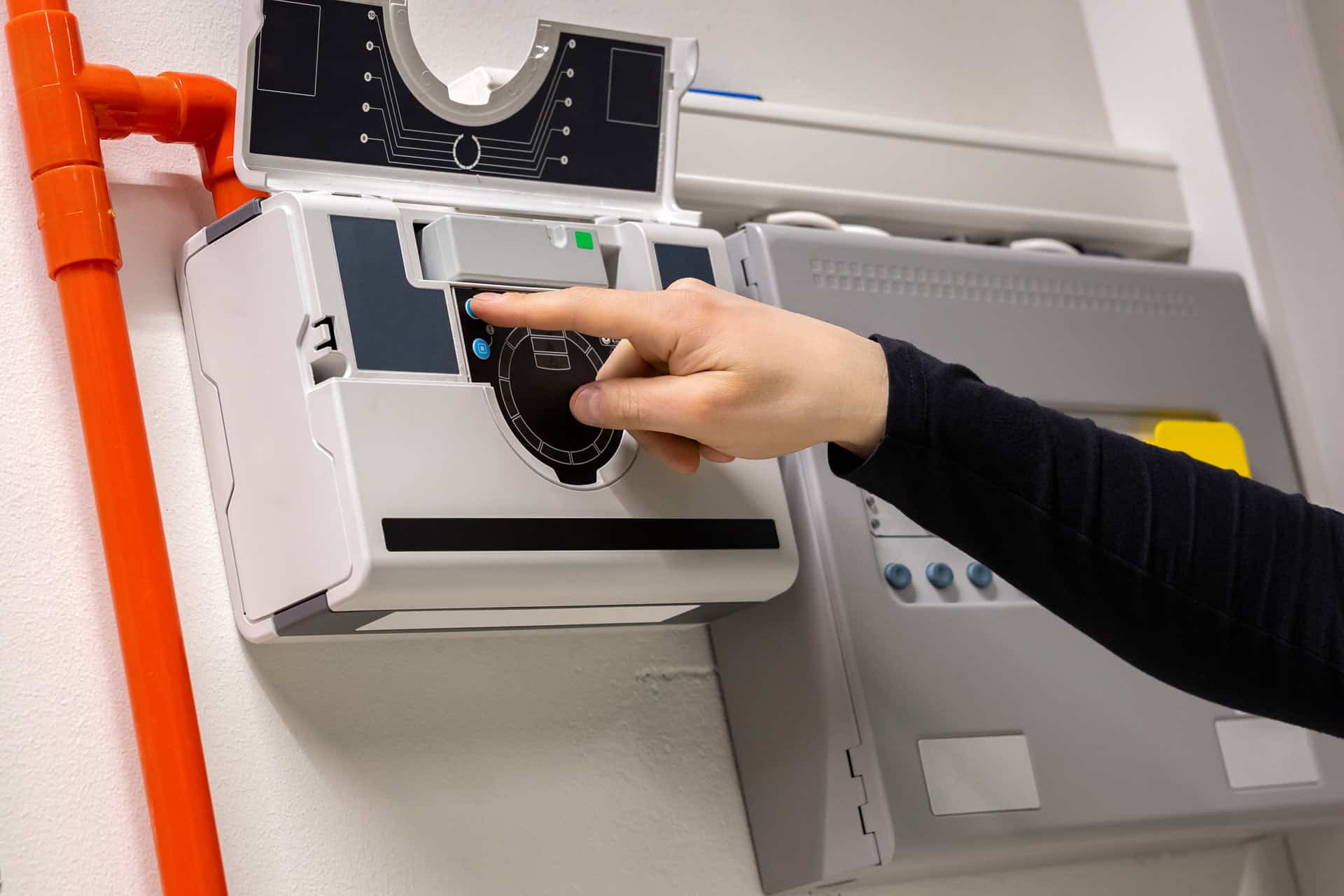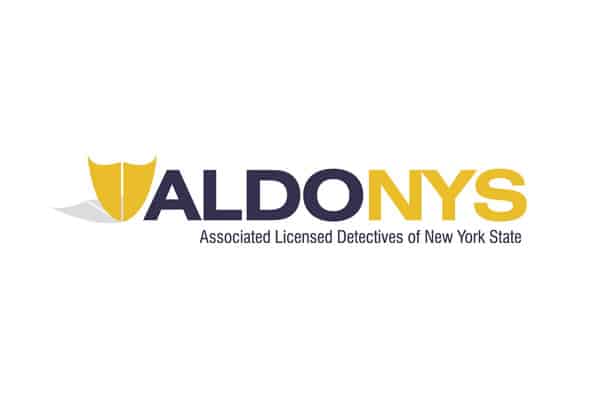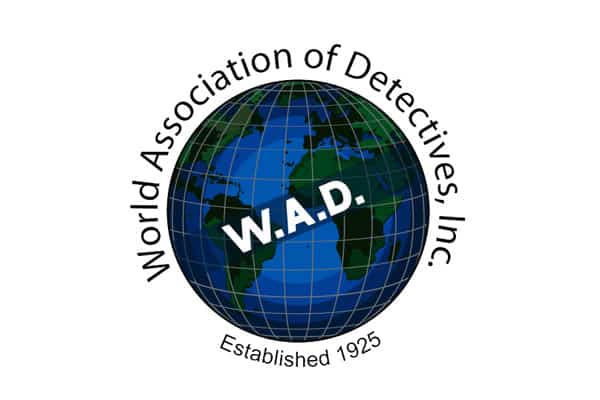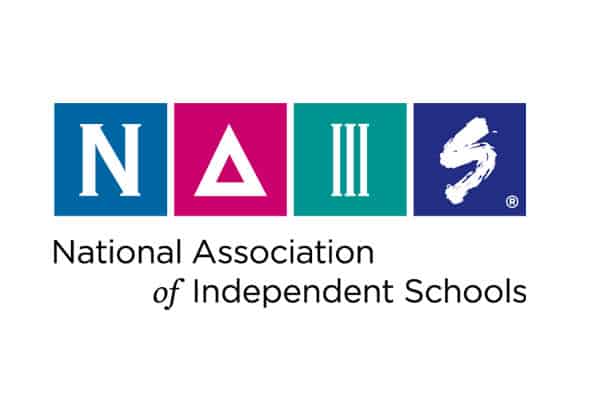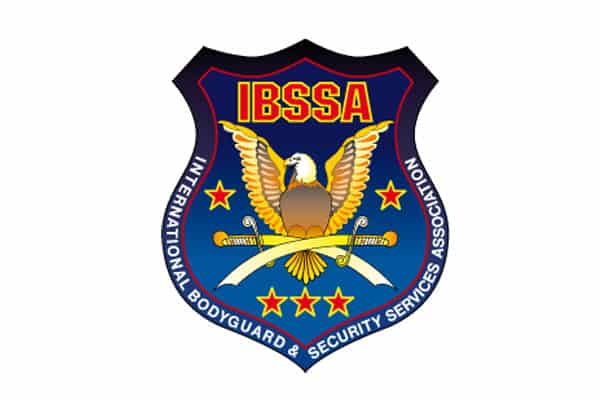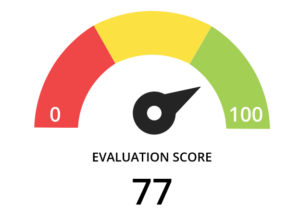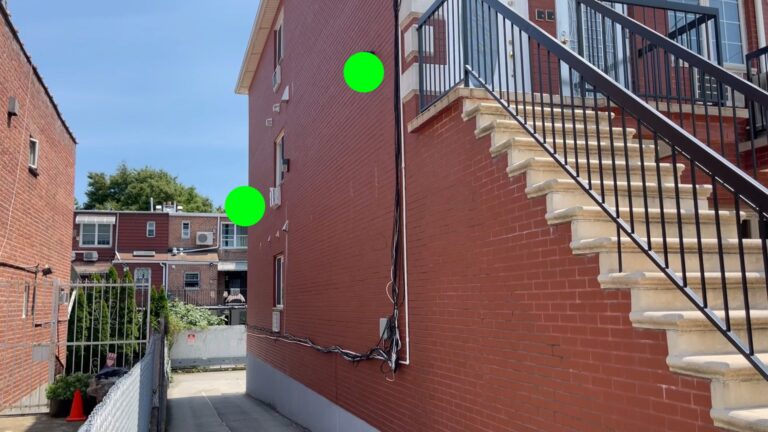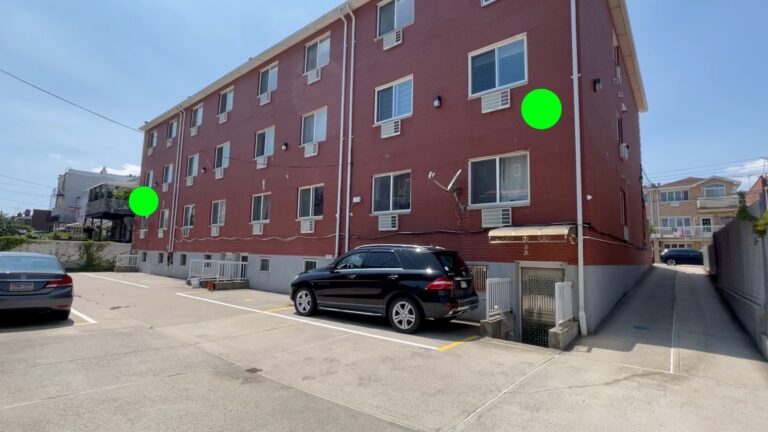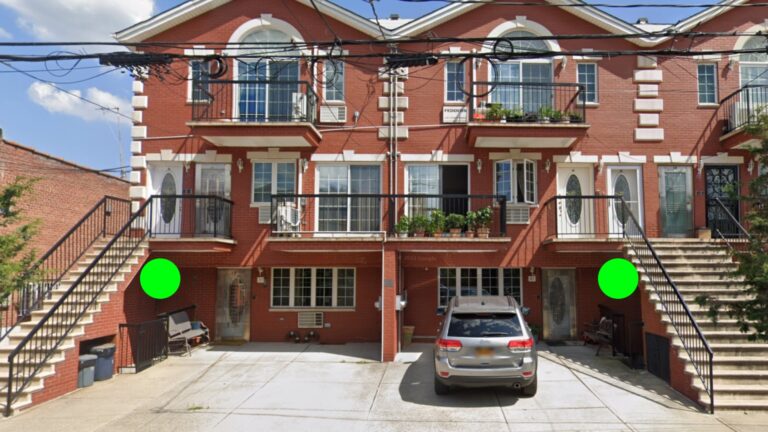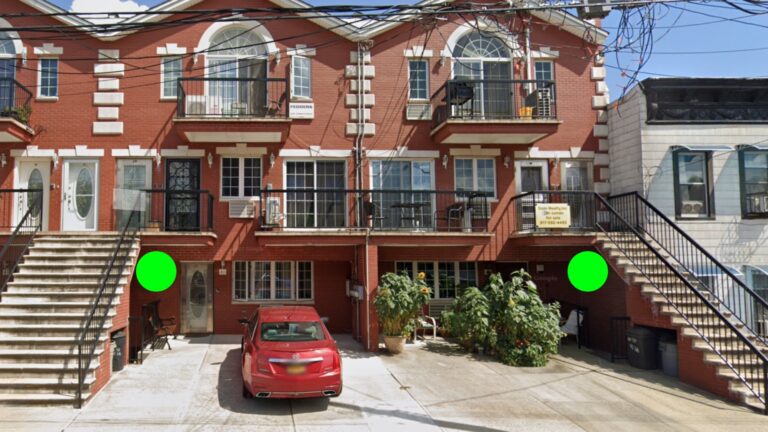On-Site Coordination
As a Fire and Life Safety Director, a big part of your job will involve coordinating disaster prevention and response efforts. You will need to be actively engaged in training on-site personnel and employees so that they understand their roles in the event of an emergency. That means providing clear instructions and support to ensure that the human component of any emergency response will function as intended. In addition, you will be responsible for coordinating with first responders during any type of emergency, providing them with the assistance they need to do their jobs.
Safety Systems Checks and Maintenance
Part of your job will also involve the actual physical safety systems in your building. You will be responsible for ensuring that all those systems are up to code, properly installed, and fully functional. Those systems include things like fire alarms and smoke detectors, as well as various types of fire suppressant systems.
Emergency Plans and Drills
An emergency response is only as good as the strategy and preparation that went into creating it. To ensure a solid response in any emergency, you will have to help develop sound plans, train personnel on their roles during an emergency, and execute emergency drills for evacuation and other response activities.
Risk Assessment
Fire and Life Safety Directors also need to be able to assess risk and identify threats. That could entail everything from conducting safety inspections to reviewing building access policies to ensure that building employees and/or residents are properly protected. When weaknesses are found, it is your job to reassess policies to improve safety and security.
Protecting People from a Variety of Threats
As noted, today’s threats involve much more than fire. In your role as a fire and life safety professional, you will need to be alert to threats ranging from extreme weather and structural disasters to medical emergencies, terrorist attacks, and active shooter situations. Your strategies should be developed with that broad spectrum of threats in mind.
When it comes to training today’s expert Fire and Life Safety Directors, no one does it better than ISS. At the ISS Fire Science Institute, you’ll receive the state-sanctioned education you need to learn how to properly protect people and property. If you’re ready to take on that responsibility, contact the ISS Fire Science Institute today to learn how you can join our next training course.
